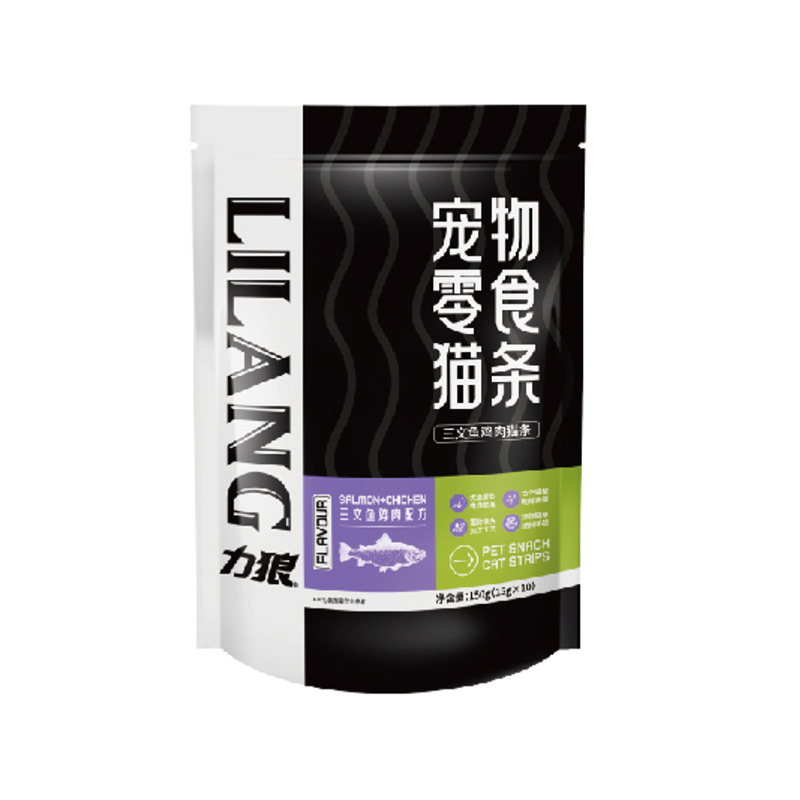automotive rubber seals
Automotive Rubber Seals Ensuring Performance and Longevity
In the world of automotive engineering, every component has a critical role to play. Among these, rubber seals stand out as essential elements that contribute significantly to vehicle performance, safety, and longevity. These seals, usually made from various types of rubber compounds, are designed to create airtight and watertight barriers, ensuring that vital fluids do not leak and that dust and debris do not enter sensitive areas of the vehicle.
Importance of Rubber Seals
Rubber seals are not simply functional items; they serve multiple purposes that are crucial for the overall health of a vehicle. Firstly, they are imperative in maintaining proper lubrication within engine compartments, preventing leaks that could lead to severe engine damage. For example, oil seals in engines are designed to keep oil in, protecting against contamination and ensuring that the moving parts receive necessary lubrication.
Moreover, rubber seals are vital in maintaining the integrity of other systems, such as the braking and cooling systems. Seals are essential components for brake calipers, where they help in the effective operation of hydraulic systems. Similarly, in cooling systems, gasket and O-ring seals prevent coolant leaks, ensuring that the engine operates within its optimal temperature range, thus enhancing performance and efficiency.
Types of Automotive Rubber Seals
There are various types of rubber seals used in the automotive industry, categorized based on their application
. The most common types include1. O-Rings These are circular seals that prevent fluid leakage between two mating surfaces. They are used extensively in hydraulic systems and are known for their simple design and effectiveness.
automotive rubber seals

2. Gaskets These are typically flat seals that fill the space between two or more surfaces. Gaskets are commonly used in engine block and cylinder head assemblies, where they prevent leaks of oil, coolant, and gases.
3. Dust Seals Designed to keep contaminants out, dust seals are prevalent in wheel bearings and suspension systems. They ensure that dirt and moisture do not compromise the integrity of mechanical components.
4. Weatherstripping This type of seal is used around doors and windows. It aids in noise reduction, insulation, and moisture prevention, significantly improving the comfort levels inside the vehicle.
Advancements in Rubber Seal Technology
With technological advancements, the materials and designs of automotive rubber seals have evolved. Modern rubber compounds include additives that enhance durability, temperature resistance, and flexibility. These improvements not only extend the lifespan of the seals but also improve their overall performance under various operating conditions.
Additionally, computer-aided design (CAD) technology has enabled manufacturers to develop seals that are better tailored to specific applications, optimizing their fit and performance. This level of precision helps in reducing wear and tear, which is crucial for maintaining vehicle efficiency.
Conclusion
In conclusion, automotive rubber seals may seem like small components in the grand scheme of vehicle design, but their role is undeniably significant. From preventing leaks to safeguarding critical systems, these seals are vital for the performance and longevity of vehicles. As manufacturing techniques and materials continue to advance, we can expect even more innovative designs that enhance the functionality and reliability of these essential automotive components. In an industry where every detail matters, the importance of quality rubber seals cannot be overstated.
Share
-
The Best Lubricants for Aluminum Roller GuidesNewsJul.23,2025
-
Slitting Machine Applications in the Packaging IndustryNewsJul.23,2025
-
Rolling Roller Balancing Techniques for Smooth OperationNewsJul.23,2025
-
How To Optimize An EV Battery Assembly LineNewsJul.23,2025
-
Energy Efficiency in Modern Battery Formation EquipmentNewsJul.23,2025
-
Automation Trends in Pouch Cell Assembly EquipmentNewsJul.23,2025







